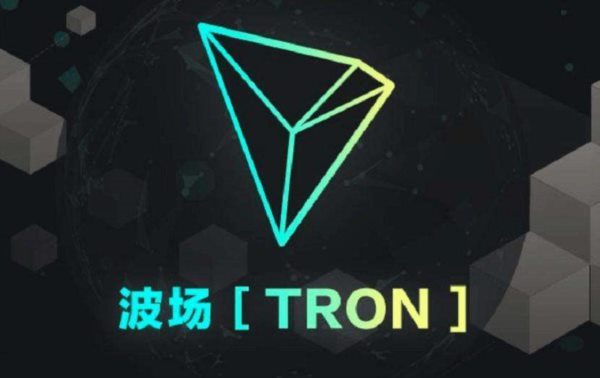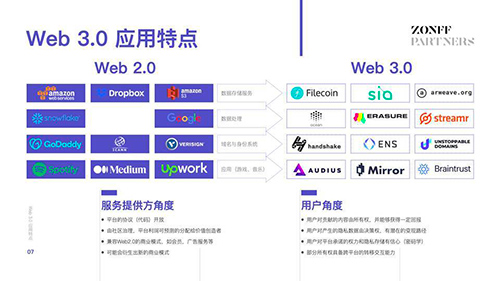時間:2024-03-01|瀏覽:308
隨著 MiCA(加密資產市場監管)的推出,歐盟準備邁出重大一步。
關于穩定幣的透明度、最大程度的保護、明確的監管以及潛在的投資涌入加密市場的討論已經有很多。
但鑒于即將發生的變化,很少有人解決加密支付開發的問題。
MiCa 生效后,我們可以預期低風險企業啟用加密支付的意愿將大幅上升
,
這背后有很多原因。
覆蓋范圍最終關閉至全球
加密支付網關始終強調全球覆蓋。
但在 MiCA 之前,歐盟的加密支付監管環境是各國法律和解釋的混合體
——
德國的 BanFin、法國的 AMF、荷蘭的 DNB 和 AFM、西班牙的 CNMV、意大利的 CONSOB、馬耳他的 MFSA 和愛沙尼亞金融情報機構。
缺乏統一的監管框架導致了不一致,這給尋求在歐盟不同國家擴展服務的加密貨幣支付提供商帶來了重大挑戰。
因此,如果沒有為每個歐洲司法管轄區獲得單獨的許可證,加密支付提供商無法完全滿足尋求通過單一提供商覆蓋所有國家/地區的商家的需求。
MiCA 監管將幫助加密支付領域的企業解決這些問題,并通過在每個國家/地區辦理護照辦理流程,為其客戶提供無縫服務。
商家將能夠通過與單一加密支付提供商達成協議,在目標國家/地區實現加密支付,并確實按照承諾獲得接近全球的覆蓋范圍。
重新獲得對該行業的信任將迫使企業接受加密貨幣以獲得競爭優勢,因為
缺乏統一的監管方法會導致市場操縱,這可能會損害消費者的信任并阻礙加密貨幣的更廣泛接受。
在 FTX 丑聞崩盤之后,監管機構在全球范圍內執行加密貨幣監管的緊迫性變得更加緊迫,當時加密貨幣市值暴跌,于 2023 年 11 月 9 日跌至 7,360 億美元的兩年低點,并開始緩慢復蘇。很久以前。
投資者似乎沒有受到保護,而該行業證明自己并不像向大眾提供解決方案所需的那樣可靠。
毫無疑問,該行業始終存在可信度問題,不僅對投資者而言,對銀行等金融機構而言也是如此,這些機構不能與參與者適當合作,并且由于缺乏所需的透明度和控制力而經常拒絕開設銀行賬戶。行業。
However, the lack of trust in the crypto domain as a common phenomenon also affects consumers, merchants and payment service providers’ willingness to use, accept and provide new channels to operate money.
Consumers don’t express the demand for crypto payments and don’t consider this payment method as a competitive advantage that would make them choose a store with crypto payments over a store with traditional payment options only.
Merchants do not need to spend time and effort on implementation to enable something that wouldn’t impact their position in the market.
The crypto industry is expected to regain trust and create a basis for the integration of crypto as an everyday payment habit.
Once it happens, the demand for crypto payments will be dictated by the end consumer who after expressing overall interest in the crypto sector will need to make a step forward and find further implications of crypto in real life.
Crypto.com in its report stated that the global number of crypto owners soared by 34% and reached 580 million despite the economic crisis and other macro headwinds.
With these numbers at hand, we understand that crypto payments will soon become a competitive advantage that businesses will be integrating for greater retention, and MiCA regulations will strengthen this trend.
Stablecoins are the clearest means of payment for low-risk industries – strict regulations will propel their use for everyday purchases
A lot of attention is given to the process of regulation of stablecoins, especially EMTs (e-money tokens).
EMT, the value of which is supposed to mirror the value of an official currency, makes it easier for consumers to use it for everyday payments.
The overall rise of the stablecoin economy indicates that a growing interest of investors is already here.
Over the last month, stablecoins capitalization surged, experiencing a $4.9 billion growth between December 30, 2023, and January 30, 2024.
Stablecoins’ potential has long been a subject of interest for the EU parliament.
In 2021, among all the advantages of stablecoins, they stressed the ease of public access, the implication of stablecoins in overseas payments to reduce the processing costs, their use in international trade to reduce fees and increase speed and the creation of faster and inclusive global payment arrangements.
At that time, there was no universally accepted regulatory framework that would ensure customer protection and the required level of transparency.
MiCA’s regulation will bring clarity to the question of price formation and consumer protection by ensuring that e-money tokens can be redeemed at the price of a currency backing the token anytime at no cost.
This will stimulate even greater adoption of EMTs for everyday payments.
Final words
Though the MiCA regulatory framework is a leap towards a safer future, both the crypto and public sectors should equally participate in implementing the provisions of MiCaR.
如果實現,新的許可制度將導致加密支付提供商可能擁有更多的低風險客戶,而不是高風險客戶。
Max Krupyshev 是 CoinsPaid 的首席執行官兼聯合創始人,CoinsPaid 是為在愛沙尼亞注冊的企業提供的加密支付解決方案。 Max 于 2013 年進入加密世界,站在烏克蘭這個市場的起源,成立了比特幣基金會,以促進該國加密貨幣的采用。 作為 CoinsPaid 的首席執行官,他為公司設定了成為加密貨幣和傳統業務之間的連接紐帶的目標。
生成的圖像:中途
![[喜悅]MiCA 和商家對加密支付行業信任度的提升——有可能嗎?](/img/btc/69.jpeg)
![[喜悅]MiCA 和商家對加密支付行業信任度的提升——有可能嗎?](/img/btc/34.jpeg)







